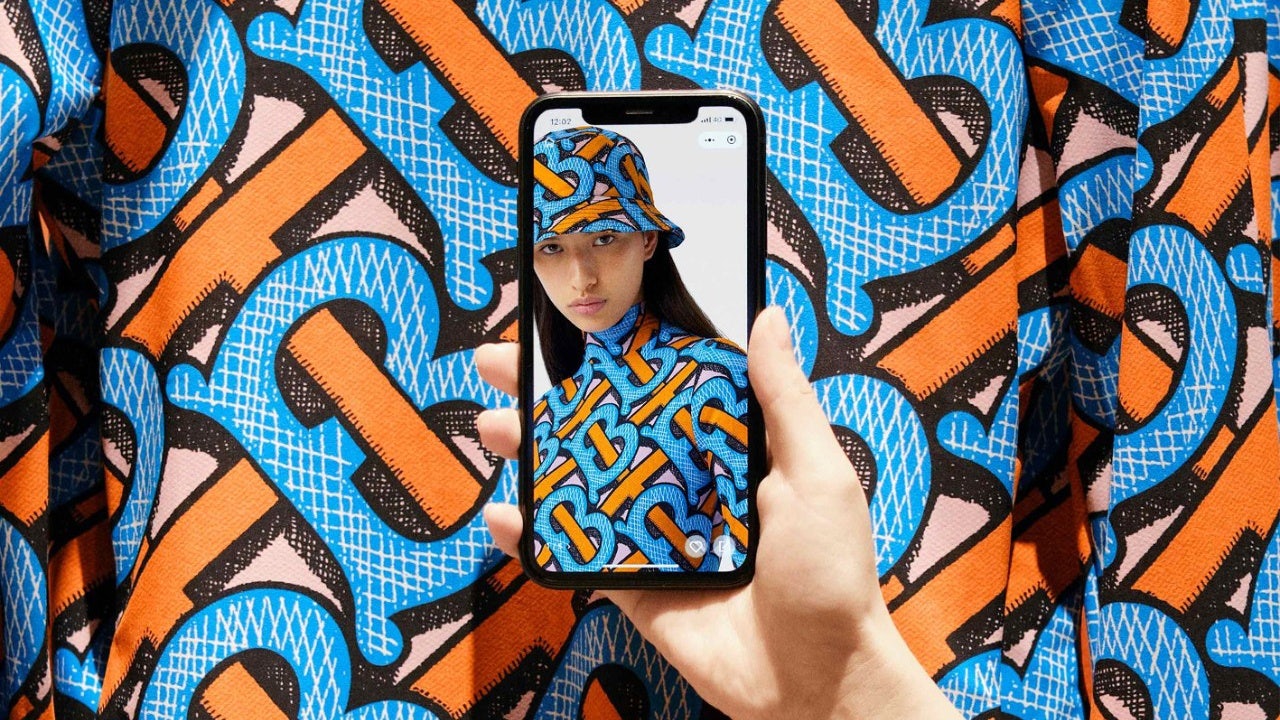Key Takeaways#
:
- In China, social commerce makes up 11.6 percent of retail e-commerce sales, totaling 186.04 billion (1.285 trillion RMB) in 2019.
- Chinese social media platforms are more multifunctional and have a broader purpose than their Western counterparts.
- The rise of a new consumer class — the affluent, sophisticated, and highly connected millennial — has helped to grow the e-commerce revolution.
These days, most shoppers expect to make a luxury purchase with a couple of clicks. But despite the many breakthroughs in online shopping, the process is still quite complex in the West. Until recently, if we liked an outfit worn by an influencer on Instagram, we had to go to a different platform to identify the outfit, and then go to other platforms to buy it. The process was too confusing and time-consuming.
By contrast, China is a decade ahead, thanks to social shopping. In one of the most technologically advanced economies in the world, social commerce makes up 11.6 percent of retail e-commerce sales, having totaled 186.04 billion (1.285 trillion RMB) in 2019, according to eMarketer. This mind-blowing sales number is about ten times more than the number of sales in the US: a paltry 19.42 billion over 2019.
These stellar sales are hardly surprising if we consider that Chinese social media platforms are multifunctional and have a broader purpose. “Many of the country's most popular e-commerce platforms are heavily integrated with the most popular social networks, boasting innovative services like Mini Programs and livestreaming commerce,” says Nazmul Islam, an eMarketer junior forecasting analyst at Insider Intelligence.
Indeed, having sub-apps integrated within WeChat’s ecosystem simplifies the entire social commerce process, making it easier for customers to purchase luxury products and interact directly with brands. In fact, the entire shopping journey is influenced by this ever-evolving WeChat environment.
Facebook-owned Instagram is playing catch-up with its new “Checkout” feature, which allows users to select products from shoppable posts and make their purchases without leaving the app. However, features similar to it are the minimum requirements in China’s e-commerce space.
Chinese social media platforms actually offer multiple opportunities for shoppers to make their luxury purchases online. And with special features that allow either team or individual ones, Chinese platforms have seamlessly connected digital multimedia content to digital commerce.
During the pandemic in the US, Facebook took advantage of struggling SMEs when their brick-and-mortar stores were going out of business by introducing Facebook Shops. According to a Facebook post, “Facebook Shops make it easy for businesses to set up a single online store for customers to access on both Facebook and Instagram.” This program has allowed businesses to set up shops for free and customize their online storefront according to stylistic preferences.
Additionally, Facebook launched Instagram Shop: an online storefront that helps customers shop products and collections showcased in photos and videos. Evidently, Facebook’s new features are a welcomed change. But there is still a long way to go until the Western social media platform becomes a real competitor to prominent Chinese apps like WeChat, which popularized the app-within-an-app model.
Why is China leading the world in social-driven purchases?#
Social commerce “took shape in China when the traditional e-commerce industry was facing a bottleneck,” says Xiaoting 'Maya' Liu, a post-graduate research scholar at the Asia Pacific Foundation of Canada. “An overly saturated market, intensified competition, and rising consumer acquisition costs were eating up profit margins. Social commerce emerged as a solution to decentralize sales and marketing channels and has been growing in popularity and variety since then.”
Liu is right — timing played an important role when it comes to the emergence and rapid rise of social commerce. But its development wouldn’t have been this fierce if it didn’t occur during a generational shift.
Indisputably, the rise of a new consumer class — the affluent, sophisticated, and highly-connected millennial — helped move the e-commerce revolution along. Since this demographic dislikes traditional ads, marketers had to come up with alternative ways to command engagement and build strong connections with customers.
Furthermore, brands have understood that the Digital Age has significantly changed the customer journey. Nowadays, customers engage with various digital touchpoints before making a purchase. “Being relatively new to luxury, Chinese consumers are constantly tapping various forms of content as they strive to improve their awareness of the market,” says the 2019 McKinsey China Luxury Report.
But there’s also another feature that requires further attention: enhanced hedonism. Younger demographics love to be pampered and need the pleasure associated with luxury, even when they aren’t purchasing luxuries. Let’s not forget that this is a generation that suffers under the “Little Emperor” syndrome and are highly-educated, innovative, and self-reliant — but also demanding.
This rigorous nature pushes Chinese millennials to crave and demand entertaining experiences and immediate satisfaction. They prefer social-driven purchases because the platforms are more engaging than traditional shopping experiences. And innovative technologies like VR, AR, and AI-powered chatbots have pushed visual retail to the forefront.
Moreover, these new technologies have also enhanced the shopping experience, making the process more authentic, trustworthy, convenient, and positive. And they created these new formats while also building large communities of engaged followers around them.


